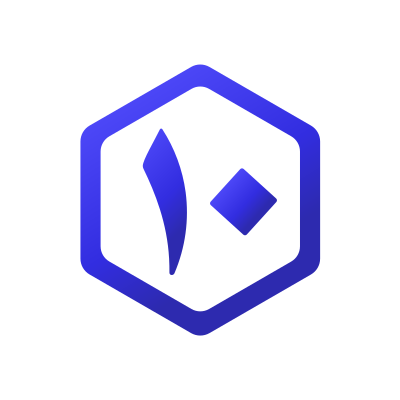Your cart is currently empty!
Mastering Basic Web Scraping and Email Extraction
Post Date:
Web scraping is a powerful tool for data collection, allowing us to extract information from websites automatically. This skill is particularly useful in fields such as data analysis, market research, and lead generation. In this guide, we’ll explore the basics of web scraping and email extraction, focusing on scraping 10 web pages for example and extracting emails, with the data delivered in a simple CSV format.
What is Web Scraping?
Web scraping is the process of using bots to extract content and data from a website. Unlike manual data collection, web scraping automates the process, making it faster and more efficient.
Tools for Web Scraping
Several tools and libraries can be used for web scraping, but Python remains one of the most popular choices due to its simplicity and powerful libraries like Beautiful Soup and Scrapy.
Basic Steps in Web Scraping
- Identify the Data You Need: Before you start scraping, clearly define what data you’re interested in collecting.
- Choose the Right Tools: Select the tools or libraries that best fit your needs.
- Inspect the Web Page: Use developer tools to understand the structure of the website.
- Write the Code: Use your chosen tool to write the script for scraping.
- Run the Scraper: Execute your script and collect the data.
- Store the Data: Save the scraped data in a structured format, like CSV.
Email Extraction
Email extraction involves collecting email addresses from the scraped data. This is often used in lead generation and marketing strategies.
Ethical Considerations
It’s important to scrape data ethically, respecting website terms and data privacy laws.
Conclusion
Web scraping and email extraction are invaluable skills for data collection. By following ethical guidelines and using the right tools, you can efficiently collect data from multiple websites.

